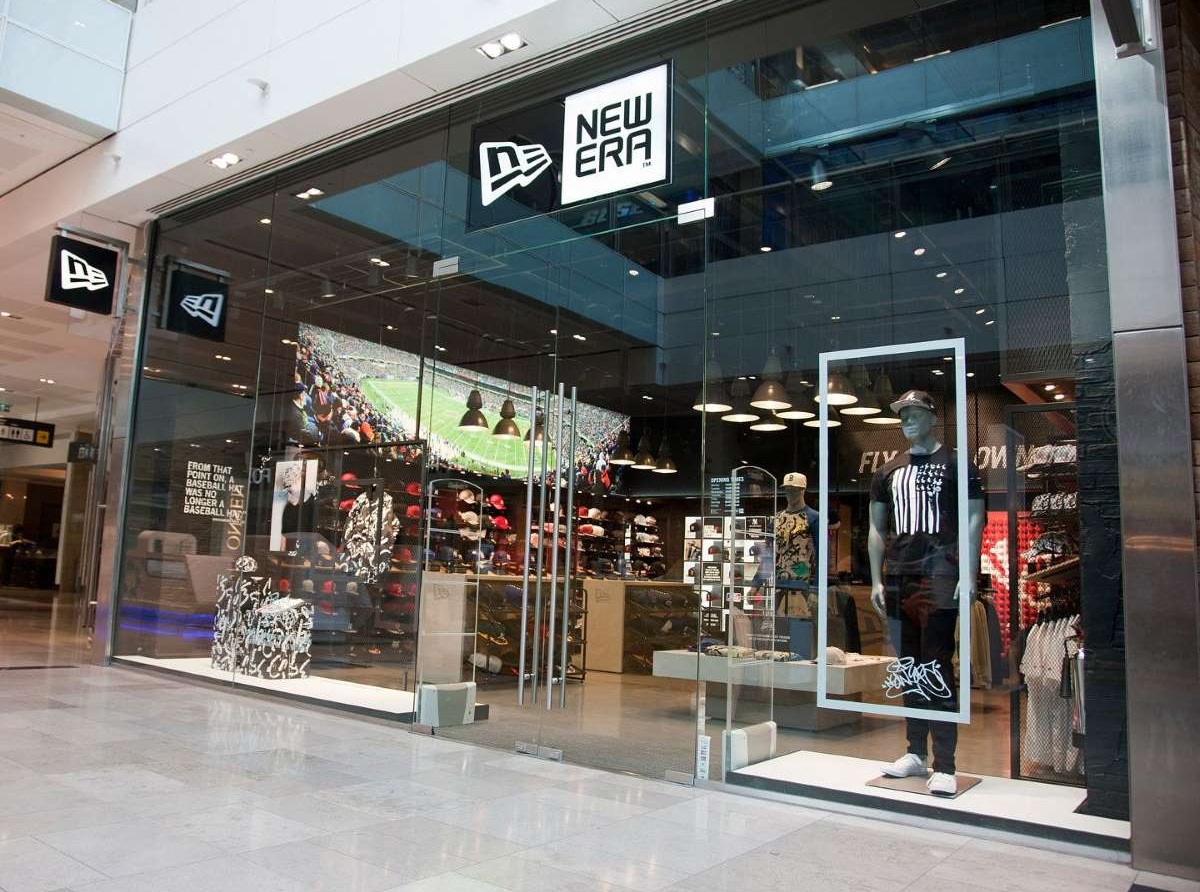High streets steal the spotlight, as they usher in new era for luxury retail

Luxury is changing addresses in India. A recent CBRE South Asia report revealed a surprising shift – high streets, traditionally open boulevards with established retail stores, have become the preferred destination for luxury brands in 2023. This challenges the long-held dominance of shopping malls as the go-to location for premium experiences in top eight cities across India. The study shows a significant shift, with high streets capturing a 45 per cent of the luxury retail leasing market, compared to 40 per cent for malls and 15 per cent for standalone stores.
High street’s appeal
The report highlights a significant shift with high streets taking 45 per cent of the total luxury retail leasing in 2023. So, what's driving this change? Experts suggest several factors contribute to this high street preference.
Exclusivity and brand identity: High streets offer a more curated environment, allowing luxury brands to control their surroundings and create a distinct brand experience. Unlike sprawling malls with a variety of brands, luxury labels on high streets benefit from a sense of exclusivity. As Anshul Jain, Managing Director, India, Cushman & Wakefield, says: "High streets provide a platform for brands to showcase their architecture and design philosophy, creating a strong brand statement
Footfall and visibility: Prime high-street locations offer high visibility and foot traffic. This is particularly attractive for luxury brands targeting affluent consumers who frequent these areas. As Sachin Mutreja, MD, Cushman & Wakefield India points out, prime high streets boasts of high foot traffic, often comprising affluent residents and aspirational shoppers. This ensures greater brand visibility compared to potentially getting lost in a crowded mall.
Flexibility: Most high streets offer more flexibility in terms of store design and layout compared to standardized mall spaces that is an added attraction for luxury brands.
A glimpse of global fashion capitals
Luxury retail in global fashion capitals like Milan, Paris, and New York presents a diverse picture. While high streets do play a role, a more balanced approach is evident.
Top luxury brands often set up large, opulent flagship stores on prominent high streets. These stores serve as brand destinations, offering a unique and immersive shopping experience. High-end shopping arcades, known as gallerias, are another hallmark of luxury retail in these cities. These gallerias house a curated selection of luxury brands under one roof, creating an exclusive and prestigious shopping environment. Established department stores with dedicated luxury sections remain relevant, offering a wider variety of brands and catering to a broader luxury clientele.
In Paris for example, Avenue Montaigne a famed Parisian high street, synonymous with luxury, housing iconic brands like Dior and Chanel. In Milan for example, Via Montenapoleone is the high-street fashion hub that boasts flagship stores of Prada, Gucci, and Versace. In New York City Fifth Avenue remains a prime location for luxury brands like Louis Vuitton and Tiffany & Co., although luxury department stores like Bergdorf Goodman also play a significant role.
India's unique approach
While high streets are gaining traction in India, there are some key differences compared to global markets.
Malls are still relevant they are a popular shopping destination for many consumers, including luxury shoppers. In fact, as per CBRE report as of 2023, malls luxury occupies 40 per cent of retail landscape. This can be attributed to the growing mall culture and the convenience it offers to shoppers. However, the trend is towards high-end malls with a curated selection of luxury brands.
In India standalone stores are less prevalent compared to established markets. This may be due to the high cost of prime real estate and the preference for curated shopping experiences. These stores cater to a niche segment.
Experts predict a continued rise of high streets, with a potential increase in luxury gallerias offering a more curated experience. Malls are likely to adapt by attracting a wider range of luxury brands and creating more exclusive shopping environments. The high street's dominance in India's luxury retail space highlights a growing desire for brand experience and exclusivity. As the market matures, one can expect a more balanced approach, incorporating elements from established global models.

















